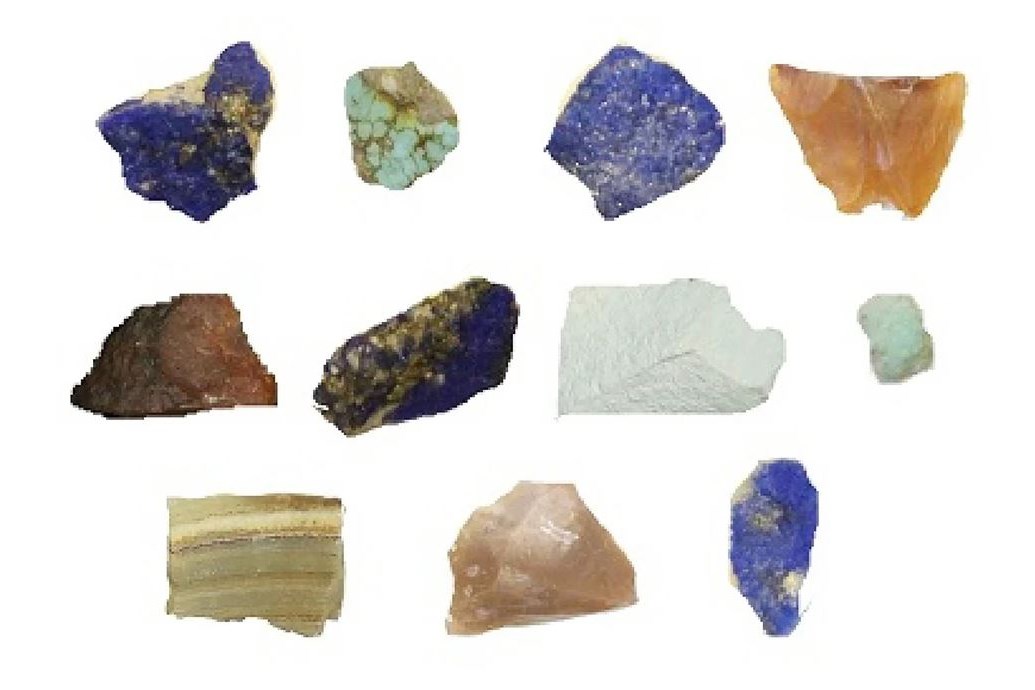 Image by Brooke Coupal
Image by Brooke Coupal
Kennedy College of Sciences Dean Noureddine Melikechi is helping to develop a better understanding of Alzheimer's disease.
Nearly seven million Americans live with Alzheimer’s disease, and that number is expected to grow rapidly.
By 2050, the Alzheimer’s Association projects that the number of people with the disease in the United States will grow to 12.7 million. Alzheimer’s, a progressive disease that destroys memory and other mental functions, is among the leading causes of death in the U.S., according to the Centers for Disease Control and Prevention.
Treatments are available to slow Alzheimer’s progression, but no cure exists. Kennedy College of Sciences Dean Noureddine Melikechi is looking to change that by developing a better understanding of the disease.
“If you understand the disease at the fundamental level, then scientists may be able to come up with better treatments – or even a cure,” he says.
Melikechi and his research team discovered potential biomarkers of Alzheimer’s disease using physics and machine learning. Their work was recently featured on the cover of the Journal of Analytical Atomic Spectrometry.
 Image by Courtesy
Image by Courtesy
The Alzheimer's biomarkers research is highlighted on the cover of the Journal of Analytical Atomic Spectrometry.
Working with the dementia care unit at the Veterans Affairs hospital in Bedford, Massachusetts, the researchers collected blood samples from Alzheimer’s patients and healthy individuals. They then examined the plasma, or the liquid portion of the blood, using inductively coupled plasma mass spectrometry (ICP-MS), an analytical technique that allowed them to measure the concentration of metals, such as iron and zinc, in the plasma.
Using machine learning algorithms, the researchers found combinations of metals that differentiated the plasma samples of Alzheimer’s patients from healthy individuals. The researchers went back to their ICP-MS data and, through more testing, validated that most plasma samples could be identified as either Alzheimer’s or healthy based on the metal ratios of sodium and potassium; iron and sodium; and phosphorus and zinc.
“We have shown that ratios of elements present in blood may have the potential to be used as biomarkers of Alzheimer’s disease,” Melikechi says.
The research team is now looking at proteins associated with the disease.
Melikechi says using mass spectrometry with machine learning can lead to greater knowledge of diseases beyond Alzheimer’s.
“We are such a complex species, but we are made fundamentally from atoms, molecules and proteins,” he says. “If we understand more about humans at the fundamental level, then that could lead to the development of new medicines and treatments.”


